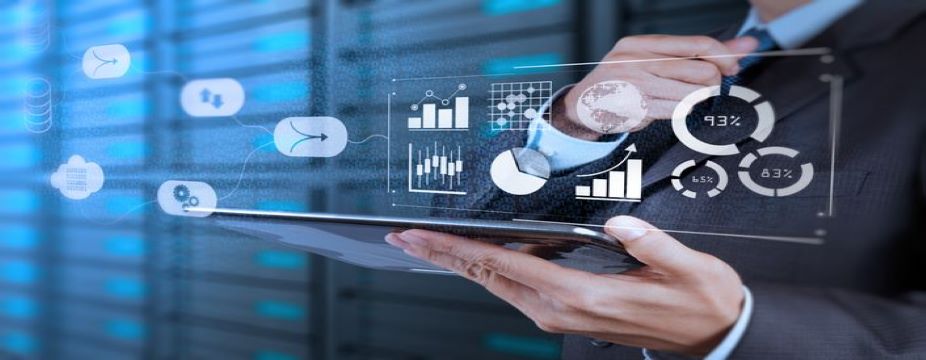Why You Need To Modernize Your Data Integration
Most enterprises are implementing different strategies to learn how to leverage data to achieve strategic objectives. However, many of them are finding it tough to manage their data successfully and as per a survey by IDC, enterprises are struggling to use data volumes for actionable insights –
- On average, data volumes are growing at a rate of 63% a month
- 12% report that their data volumes are growing at 100% or more per month
- More than 20% of those surveyed report drawing from 1,000 or more data sources
- More than 90% said it is challenging to make data available in a format usable for analytics
Challenges in handling large data volumes, multiple data sources, and data types are compelling enterprises to modernize their data integration frameworks as legacy integrations are unable to handle the scale and the velocity of data. Data integration plays an important role in capturing, processing, and flowing data in an organization and that’s why organizations need to modernize their data integration in a way so as to accommodate present as well as future requirements.
Modernizing Data Infrastructure Is A Must Today
There are key business reasons to modernize data integration infrastructure such as –
- New Data Sources – With every digital component generating data, it is important for an organization to tap into these data sources to help in learning and building new capabilities data sources increase, businesses must find out a data management strategy to handle the data. Modernizing data integration infrastructure will help a business better manage data by centralizing the intelligence and analytics capabilities.
- Legacy systems have outlived their usefulness – Many enterprises have been using expensive mainframe databases. These databases are unable to meet the demands of new technologies such as mobile, cloud, social and analytics, etc. Enterprises need to integrate mainframe databases with modern databases to ensure the movement of their old and new data.
- Need for real-time insights – Enterprises want to solve complex business problems leveraging data. This requires real-time data processing and extraction of insights. Legacy data integration is insufficient to process large volumes of data at high speed and deliver real-time insights.
Benefits Of Modernizing Data Integration
- Driving agility – Moving to modern data infrastructures like HDFS for scaling Big Data, NoSQL data stores for storing data for scalability, data lakes, data warehouses, and others enable agility in data operations. This will help businesses in making quick changes in their data infrastructure to respond more effectively and quickly to changing market needs. Access to high-quality, real-time data can help you detect market changes fast.
- Personalizing experiences and services – Modernizing data integration facilitate collecting and processing granular customer data and analyzing it in real-time. This will help you better understand your customers’ needs as well as continuously monitor their actions. A real-time view of customer needs and behavior will help you personalize customer services and experiences.
- Exploring new business models – The biggest competitive advantage of building new data capabilities by modernizing your data integration infrastructure comes from creating new business models. These models may generate new values, solutions, and opportunities for your business.
- Leveraging emerging technologies – Businesses are continuously adopting new technologies like AI, ML, and digital platforms. Fast access to data is a must for all new technologies, systems, and applications. Modernizing data integration will help your business make fast and high-quality data available to these technologies and drive higher RoI from your investments.
Qualetics has pioneered a new way of data integration that enables an organization to not only leverage the platform for consolidating data across the business but also benefit in various ways from the advanced analytic and AI capabilities the platform offers. If your organization is looking for strategies to consolidate data while gaining new insights, reach out to us.

